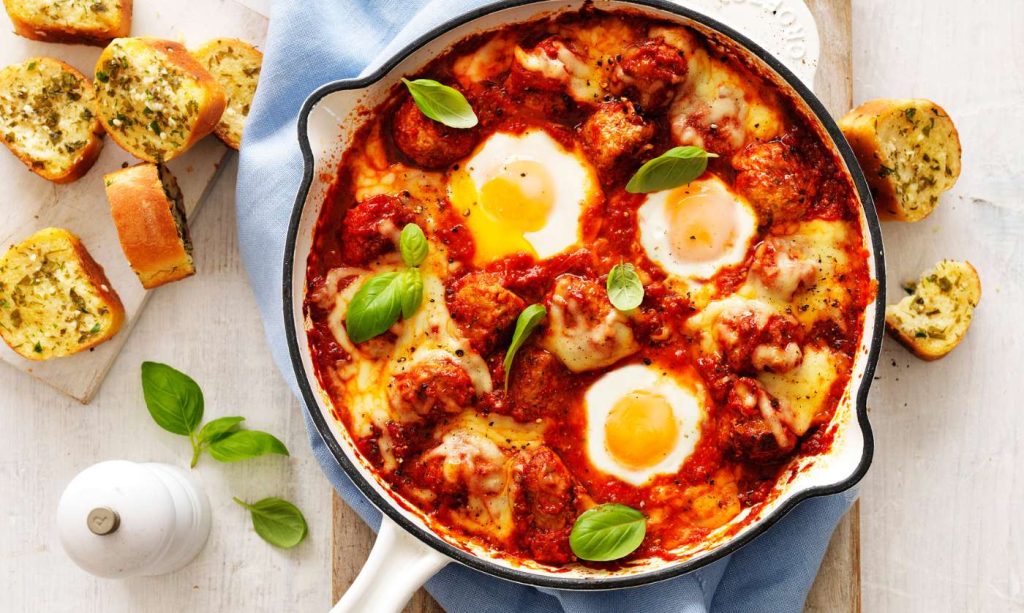Back
Food, Wine
Cheese & Wine Matching – A Heavenly Combination
Published 04 Jul, 2018Whether you’re enjoying afternoon nibbles, or topping off the perfect dinner party, the right cheese and wine match is a simply sublime indulgence. Learn out how to create delectable combinations with the Wine Selectors Tasting Panel’s recommendations for pairing wine with cheddar, washed rind, blue and soft cheeses.
CHEDDAR
For most of us, our introduction to cheese started with cheddar. Hard in texture and often strong in taste, it’s the most produced and eaten cheese in the world.
“Cheddar is renowned for its rich, sharp flavour and crumbly texture, with the richness coming from its higher levels of fat,” Adam Walls explains. “Powerful red wine has always complemented cheddar extremely well, as the fruit power matches the weight of the cheese and the tannin cuts through the fat. Cabernet Sauvignon and blends work well, as does Tempranillo.”
Matching wine with smoked cheese can be bit trickier. This is because, Adam says, “Sometimes the strong smoky flavours in the cheese can overpower most fruit characters in the wine.”
The solution, he explains, is to “A fruit driven Rosé as the clean berry flavours will match the smoky profile of the cheese in a similar way oak does to most red wines.”
WASHED RIND
Not to be mistaken for soft white cheese, washed rind, with its complex flavours, provides a completely unique tasting experience. Just remember – the smellier the better!
Matching wine with washed rind cheese can be a challenge, as the strength of flavour of the cheese depends on its ripeness and is therefore difficult to predict. But Dave Mavor has some advice. “Generally, because this style is light and creamy, it needs to be matched with a wine that is just as delicate, such as Sparkling wine. The fresh acids in the wine provide an ideal complement to the creamy finish of the cheese.”
In particular, Dave continues, “A vintage Sparkling with its delicate weight and earthy, toasty flavours will elevate the subtleties in the cheese.”
What about red lovers? According to Dave, “You need to consider the palate weight and tannins in the wine, as they may dominate the cheese and sour the overall flavours. Go for a full yet lighter variety like Barbera as its savoury characters balance well with light cheeses.”
BLUE MOULD
While blue mould is traditionally strong in smell, colour and flavour, it can also be mild and creamy – perfect for the blue novice. This style includes some of the most expensive and sought-after cheeses ever made.
This is one of Trent Mannell’s favourite styles and, as he explains, “The strength of most blue mould cheeses can make wine matching easy. Due to its strong spicy flavours and complex creamy nuances, this style of cheese lends itself well to full, sweet wines.”
But what about the really full, strong styles?” The answer, Trent says, is simple – “more sugar! Fortified wines, especially the sweeter styles of Muscat and Tokay, are perfect as the syrupy, nutty palate balances the strong flavours and allows for the complexities in each to lengthen and linger.”
“For lighter, creamier styles of blue, a botrytis wine or a sweet Rosé will match the weight of the cream and provide a balance to the subtle spiciness.”
WHITE MOULD
White mould cheeses ooze decadence and are a popular favourite with their creamy texture and elegant flavours.
“With its creamy texture and subtle yet more-ish flavours, white mould is one of the easiest cheeses to match with wine,” Nicole Gow explains.
“Low in acids and high in cream, it can be matched with a wide variety of wine styles, however, balance is the key. The overt creaminess of this cheese can flood the palate, dominating the tastebuds, so choose a soft wine with characteristics that will complement its lingering creaminess.”
The different styles of brie require different matches, though. “Brie with a lush mouthfeel will be balanced by the fresh acids in a light-bodied white or an oaked Chardonnay”, Nicole says. “While more subtle, creamy characters will match the settled tannins and earthy fruit in light-bodied reds such as Pinot Noir, Rosé or an aged red.”











